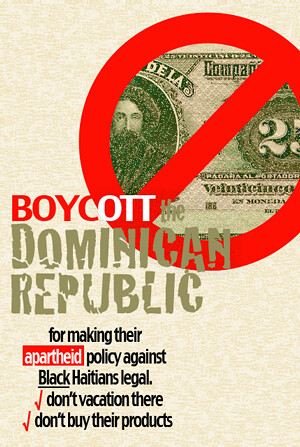In 2008, the Institute for Food and Development Policy issued a report on the microcredit strategy for alleviating poverty. It evaluated the effectiveness of microcredit – particularly in rural areas. The report (read some of it below) outlined some critical steps needed, to move pass "the assumption that market integration reduces poverty and increases social equality." The report concluded that "Microcredit programs will not achieve their stated goals of eliminating the crushing burden of poverty and providing social equality," until " they move beyond repayment percentages as the sole measure of success."
____________________The Limits of Microcredit— A Bangladesh Case
By Jason Cons and Kasia Paprocki of the Goldin InstituteThis Backgrounder outlines the results of a study on the impact of microcredit on recipient livelihoods in rural Bangladesh. It is a story that highlights the dangers of viewing microcredit as a “silver-bullet” for development and the limits of employing purely market-led development approaches as strategies for poverty alleviation. Microcredit claims to improve the lives of recipients by providing them with small loans to purchase productive assets for entrepreneurial activity. Advocates of microcredit argue that this helps recipients break cycles of poverty, reduce dependency on “charity” and other forms of aid, and empowers women as economic decision makers within the homes by targeting women as loan recipients. While microcredit has helped accomplish these goals in particular situations and contexts, it also relies on economic integration as the primary mechanism for development and assumes that all poverty is a function of the inability to enter into market relations.
While lack of credit is a critical issue in impoverished rural regions throughout the world, it is only one structural aspect of poverty. Food insecurity, lack of access to health and education, and gender inequality (not just in economic but also in social and cultural contexts) are realities for those living in rural poverty that microcredit may not be suited, in-and-of-itself, to address. Indeed, donor and practitioner enthusiasm for such market-based development strategies, at the expense of addressing these other critical issues, threatens to make conditions of poverty worse.
In Bangladesh, the “birth-place” of microcredit,2 microcredit is seen as a key strategy in overcoming many of the hurdles of rural life, including low per-capita land holdings, underemployment, poverty, and gross wage disparity.3 As microcredit has grown in popularity with funders, it has become relatively easier to fund microcredit projects in Bangladesh than other kinds of programming. Not only are many new NGOs forming specifically to deliver microcredit, but other organizations are increasingly shifting their funding away from social safety net programs and towards microfinance. This has led to a marked reduction in the diversity of services available in rural areas.
What follows is an exploration of what happens to recipients in an oversaturated microcredit market; a market in which microcredit has become the, as opposed to a, mechanism for poverty alleviation. In rural Bangladesh, microcredit is not achieving its core goals of poverty alleviation, financial independence, and gender equality. While this is very much a story about Bangladesh, we stress that with the increasing global popularity of microcredit, it is also a cautionary tale for donors and practitioners alike. This research was conducted cooperatively with a group of landless laborers living in Arampur, a village in Northern Bangladesh. Using digital voice recorders, they conducted unstructured interviews with their peers and neighbors, gathering life histories and experiences with microcredit. What follows is based directly on villagers’ words, concerns, experiences, and ideas.
Read the full report here (PDF).
Contact the authors of this report: Kasia Paprocki: kasia@goldininstitute.org and Jason Cons: jason@goldininstitute.org





2 comments:
This post is very a propos in light of Bill Clinton's visit to Leogane on 06/01/2010 promoting Microcredit as the"cure" to poverty without addressing the structural causes of poverty in Haiti which are mainly exploitation and debt slavery.
One thing remains clear, poverty is a profitable business model. Those who profit from it have no desire to eradicate it. They are only interested in developing more obscure way to perpetuate it under the disguise of altruism.
Anyway, this is the same person who engineered the destruction of Haiti's agriculture while feigning ignorance on the consequences of his actions and seeking to deflect any criticisms of them.
I found this informative and interesting blog so i think so its very useful and knowledge able
Post a Comment